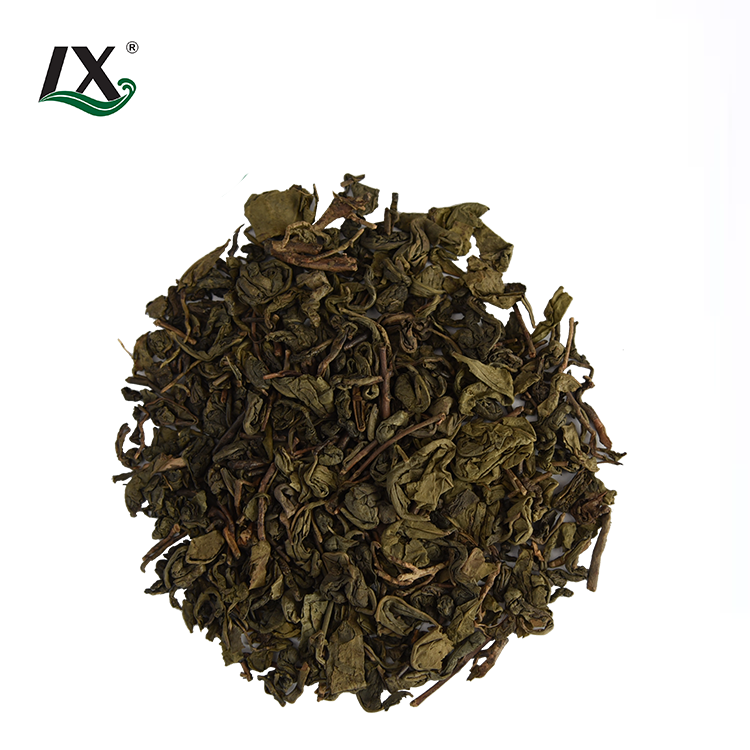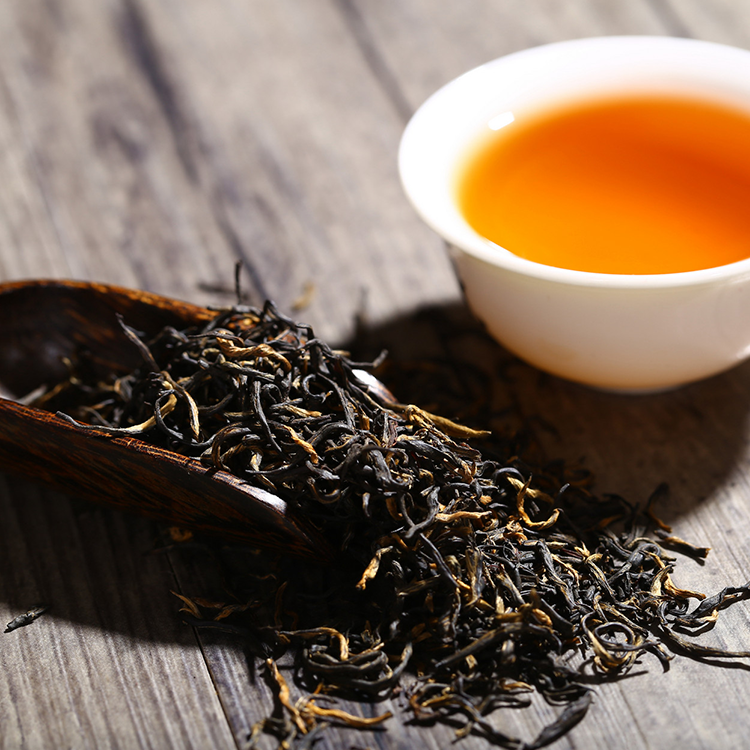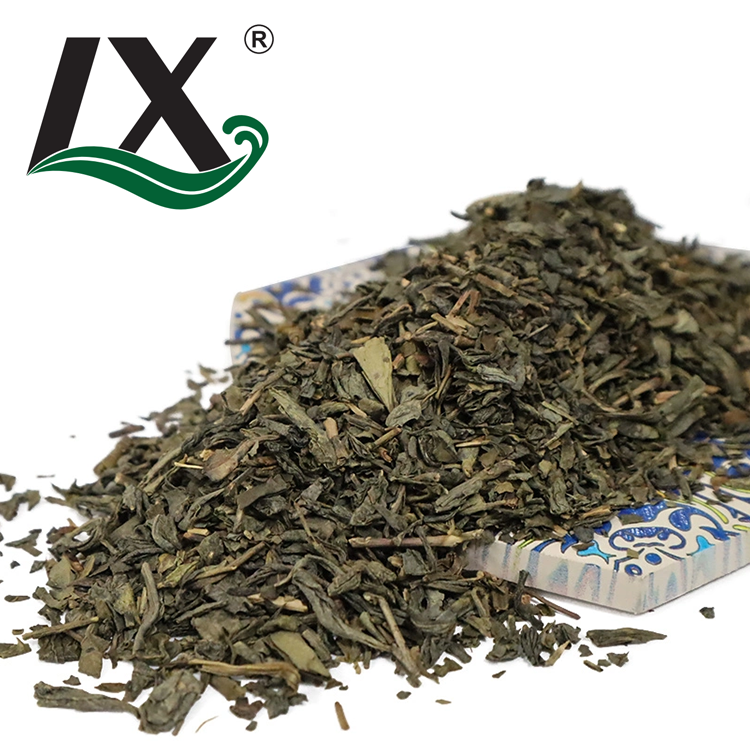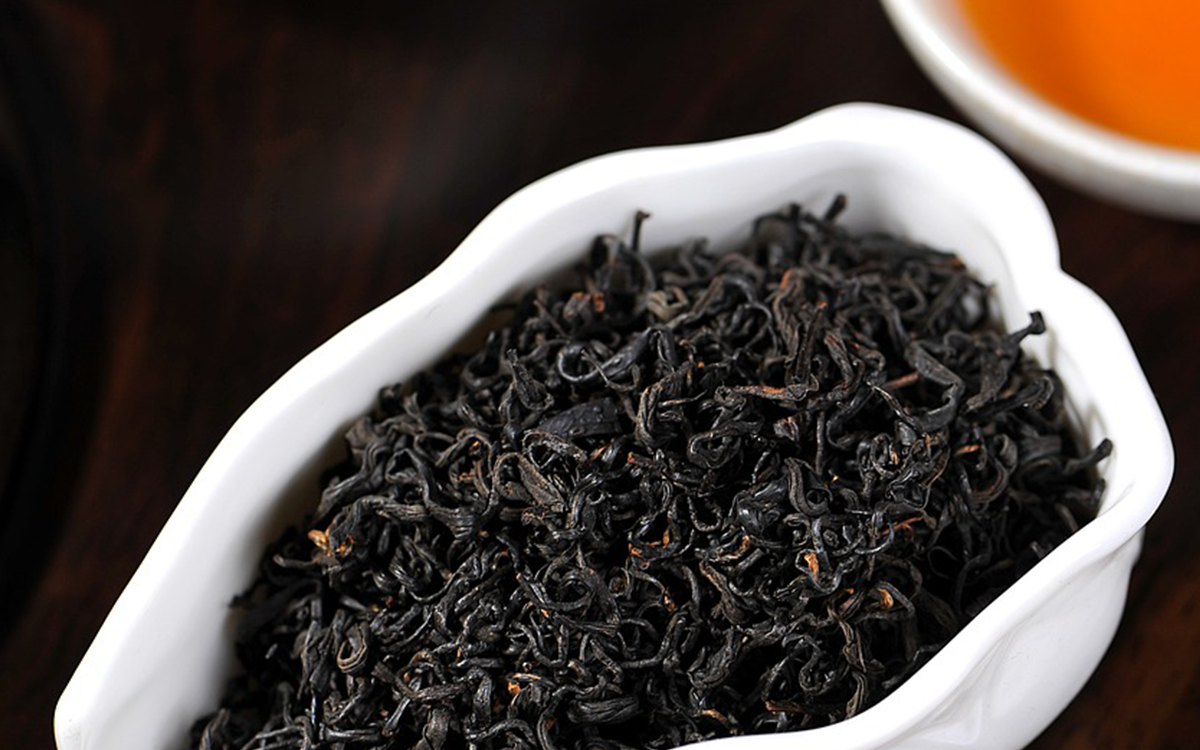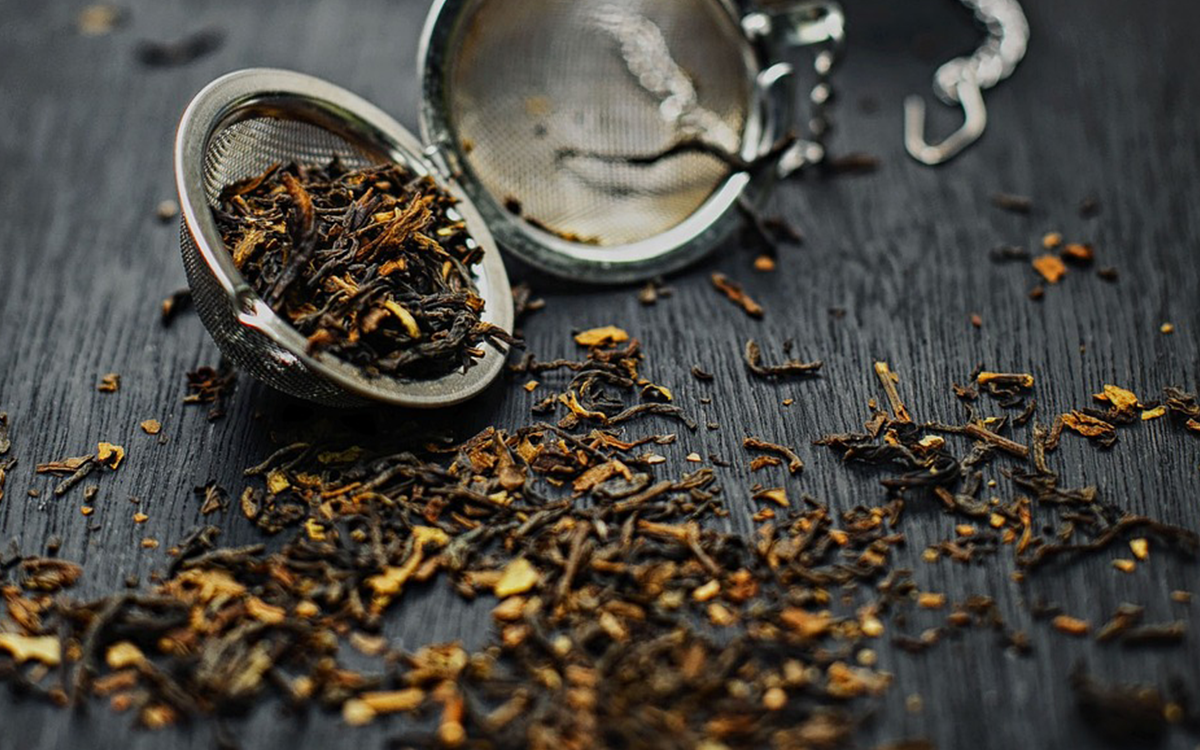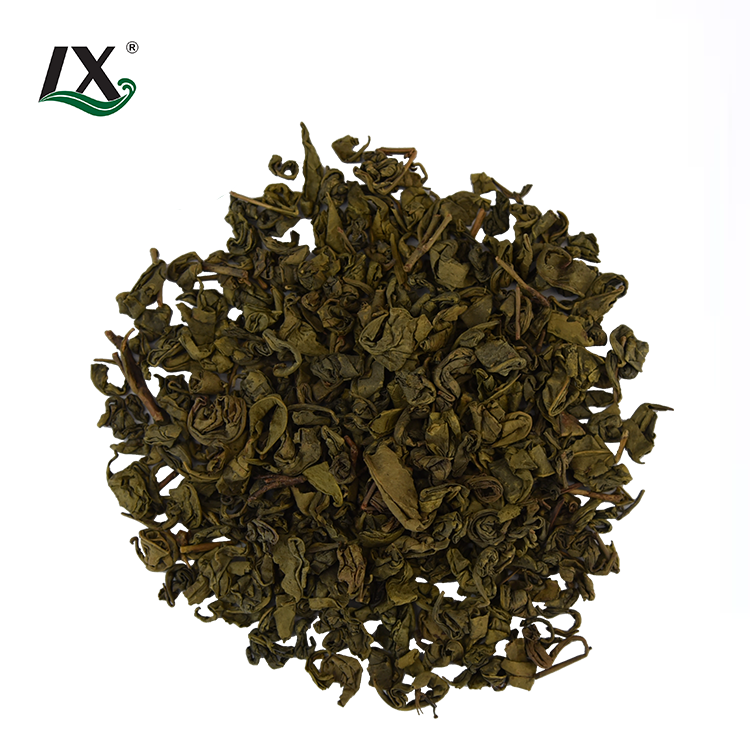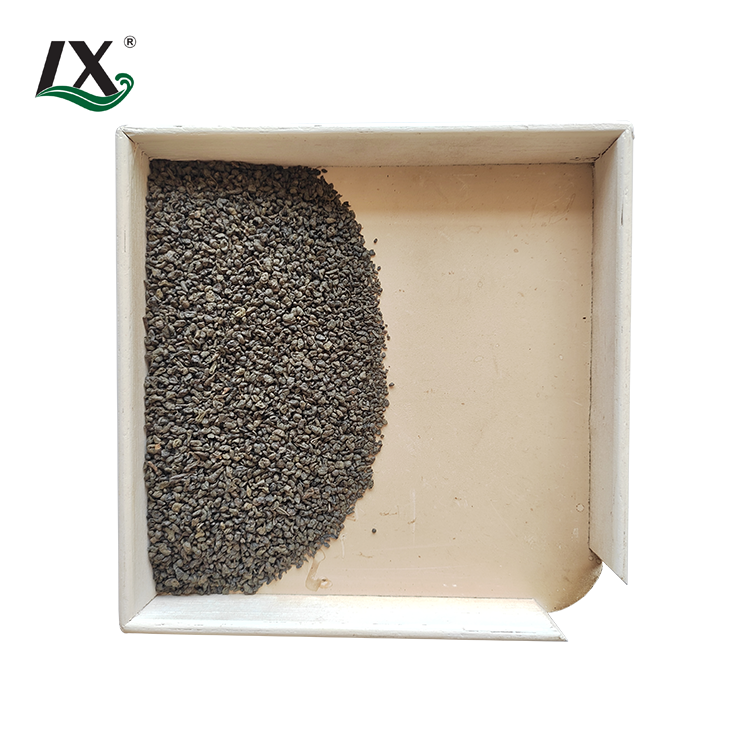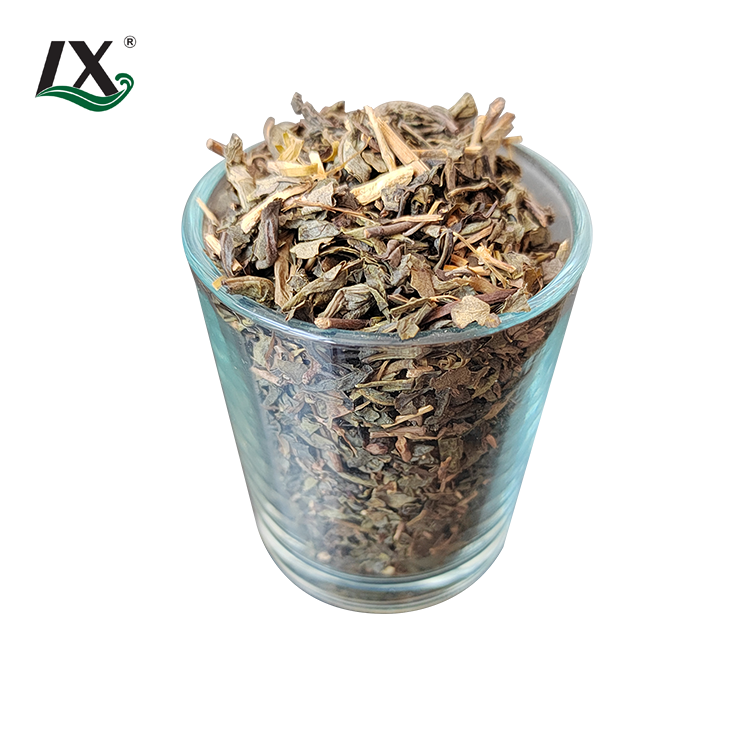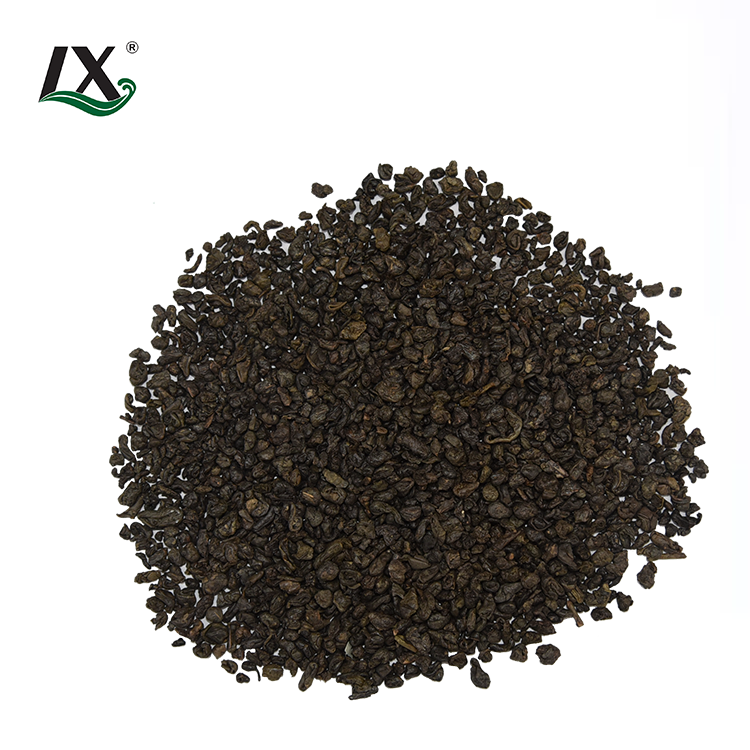What is High Mountain Tea From China
High Mountain Tea, known as Gao Shan Cha in Chinese, represents some of the finest teas grown in elevated regions of China. These teas are cultivated in areas typically above 1,000 meters (3,280 feet) where the unique combination of cooler temperatures, mist, and fertile soil creates ideal conditions for growing premium-quality tea.
This category of tea is celebrated for its exceptional flavor, refined aroma, and health benefits, all of which stem from the unique microclimate of these high-altitude areas. Unlike tea grown in lower regions, high mountain tea possesses a delicate balance of sweetness, freshness, and complexity that makes it highly sought after by tea connoisseurs around the world.
In this comprehensive blog, we will delve into the history, characteristics, cultivation practices, popular types, health benefits, brewing methods, cultural significance, and buying tips for high mountain tea China, providing an in-depth exploration of what makes this tea truly special.
Origins of High Mountain Tea China
China is the cradle of tea culture, with a history that spans thousands of years. Among its many tea varieties, high mountain teas hold a unique place, as they are cultivated in some of the country’s most scenic and pristine environments. These teas are grown in remote, mountainous areas, often shrouded in mist and surrounded by lush forests.
Key High Mountain Tea Regions in China
1.Fujian Province
Fujian is renowned for its diverse range of teas, particularly oolong varieties like Tieguanyin and Da Hong Pao. These teas are grown in the misty Wuyi Mountains, where the rocky terrain and cool climate impart a distinctive mineral flavor.
2.Anhui Province
The Huangshan (Yellow Mountain) region produces the famous Huangshan Mao Feng tea. This green tea is known for its delicate, floral aroma and is cultivated in high-altitude areas with abundant fog and rich soil.
3.Yunnan Province
Yunnan is famous for Pu-erh tea, which is grown in ancient tea forests at high altitudes. The province’s diverse terrain and climate produce robust, earthy teas that are prized for their aging potential.
4.Zhejiang Province
The mountains around Hangzhou are home to Longjing (Dragon Well) tea, one of China’s most iconic green teas. High-altitude Longjing tea is particularly valued for its sweet, nutty flavor and bright green leaves.
The history and heritage of these regions, combined with their unique natural environments, have made high mountain tea China a symbol of quality and tradition.
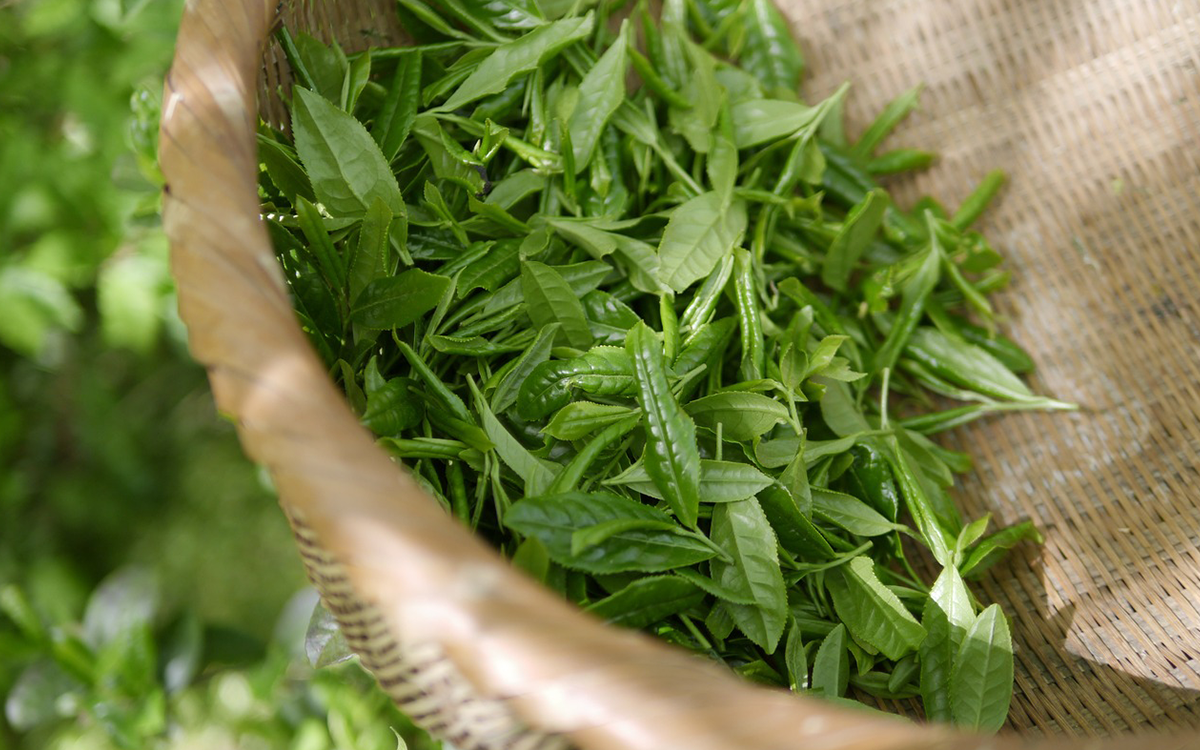
Characteristics of High Mountain Tea China
The distinct characteristics of high mountain tea China are what set it apart from other teas. These traits are a direct result of the environmental factors and meticulous cultivation practices used in high-altitude regions.
- Flavor Profile
High mountain teas are known for their smooth, rich flavors. Unlike teas grown at lower elevations, they often lack bitterness and have a natural sweetness. The slow growth of tea plants at higher altitudes allows for the development of complex flavors, ranging from floral and fruity to nutty and mineral-like. - Aroma
The cool, misty conditions in mountainous areas enhance the aromatic compounds in the tea leaves. High mountain teas are often praised for their delicate floral, fruity, or even honey-like aromas. - Appearance
The leaves of high mountain tea China are typically vibrant and well-formed. Whether they are rolled, twisted, or flat, their appearance reflects the care taken during cultivation and processing. - Purity
The cooler temperatures and reduced pest activity in high-altitude regions mean that these teas are often grown with minimal use of pesticides, making them a cleaner and more natural choice.
How High Altitude Affects Tea Quality
The exceptional quality of high mountain tea China is closely tied to the environmental conditions in which it is grown. Several factors contribute to its superior characteristics:
- Cooler Temperatures
The cooler climate at high altitudes slows down the growth of tea plants. This allows the leaves to develop a higher concentration of amino acids, polyphenols, and other compounds that contribute to the tea’s flavor and aroma. - Mist and Clouds
High mountain areas are often covered in mist and clouds, which filter sunlight. This reduced exposure to direct sunlight results in softer, less bitter tea leaves with a smoother taste. - Fertile Soil
The soil in mountainous regions is typically rich in minerals and organic matter. These nutrients are absorbed by the tea plants, enhancing their flavor and nutritional content. - Clean Air and Water
The remote locations of high mountain tea China plantations ensure that the air and water are free from pollution, contributing to the purity and health benefits of the tea.
Types of High Mountain Tea from China
China’s diverse geography and long history of tea cultivation have given rise to a wide variety of high mountain teas. Each type offers a unique flavor profile and experience.
1. Green Tea
Huangshan Mao Feng: This tea is grown in the Yellow Mountains of Anhui Province. Its leaves are shaped like orchid buds, and it offers a light, floral flavor with a refreshing finish.
Longjing (Dragon Well): A beloved green tea from Zhejiang, known for its sweet, nutty flavor and flat, jade-green leaves.
2. Oolong Tea
Tieguanyin: A semi-oxidized tea from Fujian, famous for its creamy texture and orchid-like aroma.
Da Hong Pao: A bold and robust tea grown in the Wuyi Mountains, offering a complex flavor with hints of roasted nuts and minerals.
3. Black Tea
Dianhong: A Yunnan black tea with a rich, malty flavor and notes of honey.
Lapsang Souchong: A smoky black tea from Fujian, traditionally dried over pinewood fires.
4. White Tea
Bai Hao Yin Zhen: This rare white tea is made from tender tea buds and has a delicate, sweet flavor.
5. Pu-erh Tea
Grown in Yunnan, Pu-erh is a fermented tea that develops earthy, mellow flavors over time. It is prized for its health benefits and aging potential.
Health Benefits of High Mountain Tea China
The unique growing conditions of high mountain tea China enhance its health benefits, making it a valuable addition to a balanced diet.
- Rich in Antioxidants
High mountain teas contain high levels of polyphenols, which help protect the body against oxidative stress and reduce the risk of chronic diseases like heart disease and cancer. - Improved Digestion
Certain teas, such as Pu-erh, are known to aid digestion by promoting the growth of healthy gut bacteria. - Heart Health
Compounds in high mountain teas, such as catechins and flavonoids, can help lower cholesterol levels and improve blood circulation. - Weight Management
The catechins in green and oolong teas boost metabolism, making these teas a popular choice for weight loss. - Stress Relief
Theanine, an amino acid found in tea, promotes relaxation and mental clarity, helping to reduce stress and improve focus.
How to Brew High Mountain Tea
Brewing high mountain tea is an art that requires attention to detail. Follow these steps to enjoy the full flavor and aroma of your tea:
1.Choose Quality Water
Use filtered or spring water to ensure the purest flavor.
2.Control Water Temperature
- Green Tea: 75–80°C (167–176°F)
- Oolong Tea: 85–90°C (185–194°F)
- Black Tea: 90–95°C (194–203°F)
3.Measure Tea Leaves
Use 1–2 grams of tea leaves per 150 ml of water for the perfect balance.
4.Steeping Time
Adjust the steeping time based on the type of tea:
Green Tea: 2–3 minutes
Oolong Tea: 3–5 minutes
Black Tea: 4–5 minutes
5.Use Traditional Tools
For an authentic experience, consider using a Gaiwan (lidded bowl) or a Yixing teapot.
High Mountain Tea Culture in China
Tea culture in China is a profound expression of philosophy, art, and social etiquette, deeply rooted in the country’s history and traditions. High mountain teas hold a special place in this culture, celebrated for their refined quality and connection to nature. These teas are often featured in traditional Chinese tea ceremonies, where the brewing process becomes a meditative art form. Every step, from warming the teapot to pouring the tea, is performed with mindfulness and precision, reflecting principles of balance and harmony.
The ceremonies are designed to engage the senses, allowing participants to fully experience the tea’s vibrant color, delicate aroma, and layered flavors. High mountain tea is also seen as a symbol of purity and elegance, often used to foster meaningful conversations and connections. This ritualistic approach to tea drinking not only honors the tea itself but also deepens appreciation for Chinese cultural heritage.
Conclusion
High mountain tea China is a testament to the harmony between nature and craftsmanship. Its unparalleled flavor, rich history, and numerous health benefits make it a treasure worth exploring. Whether you’re new to tea or a seasoned enthusiast, high mountain tea offers an unforgettable experience that connects you to the beauty and traditions of China’s tea culture.
Read More: The 5 Factors that Affect the Price of Green Tea in China







